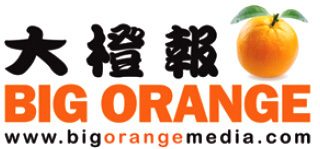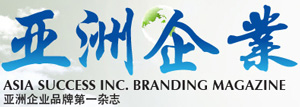Exporting: an uphill task
Everybody knows tapping the export market is vital if you’re to survive and thrive, but that’s easier said than done. SMEs face a whole slew of problems, and a helping hand from the Government, working closely with trade associations, would be a good starting point.
IF THE first quarter of the year is any indication, I’d say the prospect for the year looks bleak.
The world economy is still full of uncertainties, the slowdown in China’s economy has become a “new normal”, and the US dollar continues to be strong while our ringgit remains weak.
Back home, the Government has not managed to create a business-friendly environment. Many policies have been introduced without proper consultation with the business sector and have resulted in a rise in the cost of doing business. SMEs have been affected by the GST, minimum wage, toll rates hike and removal of subsidy for utilities.
The most recent example would be the unreasonable hike in foreign worker levy rates, and the problematic process of legalising illegal foreign workers.
All these issues pose a great challenge to SMEs. Domestic consumption continues to weaken, and the costs of doing business continue to rise. This translates into a sharp drop in sales and revenue for SMEs, and a possible shuttering of SMEs that are less resourceful.
In order to survive this bad time, SMEs will have to transform, upskill and tap the global market. For years SMEs have been relying on the local market, but they may have to open up new horizons due to sharp contraction in domestic demand. They will need to formulate strategies for venturing into global markets.
For SMEs that are capable and ready, they may consider first testing the waters of Asean, China and Middle-Eastern countries. The implementation of the Asean Economic Community (AEC) in 2016 has opened up huge potential regional markets for Malaysian SMEs.
While the Chinese economy is slowing down, it is still an attractive market for SMEs in view of its market size and the opportunities offered under the One-Belt, One-Road concept. The Middle-East would be another potential market, especially for halal products.
Venturing into the global market for greater market share and better profits is not a new idea. Despite measures introduced by the Government to boost SME exports, many businesses are still not ready to export.
There are several factors preventing SMEs from doing so. Going for the export market would require high expenditure from businesses already facing restraints in human resource and finance.
Lack of know-how is another obstacle. SMEs lack good knowledge on how to brand, package and market their products and services, and what to do to comply with export procedures including documentation and certification.
SMEs have been facing difficulties in obtaining Certificate of Origin (COO), in particularly trading companies, OEMs, and owners of local brands that do not have manufacturing facilities. Under current practice, the COO is usually issued to big manufacturers, while the above-mentioned SMEs are left floundering.
As such, the related government agencies should take measures that allow these SMEs to obtain their COO and simplify the procedures.
While SMEs try to penetrate into AEC market, they have problems fulfilling the various requirements of the COO. Currently, the member countries of AEC have set their own individual standards and requirements for COO, and hence, it takes a longer time for companies to obtain approval for export from the authorities.
The member countries of AEC should harmonise the standards and requirements for the COO in order to facilitate the free movement of goods within the AEC.
While government agencies have taken initiatives to encourage SMEs to export via various export enhancement programmes, they have not been very successful. It is essential to involve the respective trade organisations and associations in implementing the export enhancement programmes, as they are in better position to reach out to the ground and have a better understanding of the needs of the industries.
The Government should provide more financial assistance for SMEs which are capable of exporting. This assistance can be in the form of export credit assistance, tax rebates or incentives for export.
These measures would encourage SMEs to explore more new markets, and to invest in the technology and branding that’s critical for penetrating export market.
In the coming two years, it is the Malaysian SMEs that are able to export, expand their production capacity, enhance product quality and branding that would be in a better position to gain from the greater market access under TPPA.






























